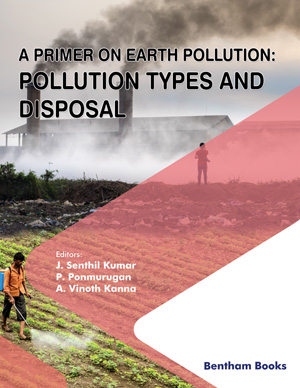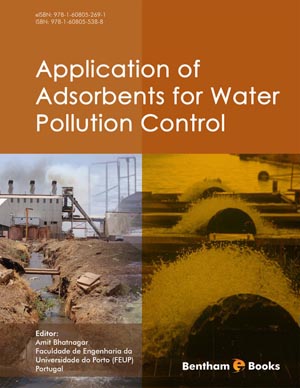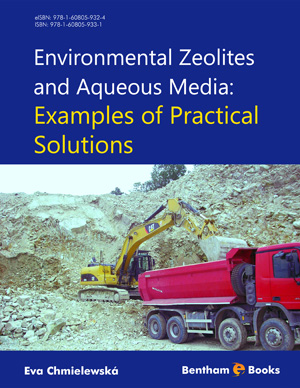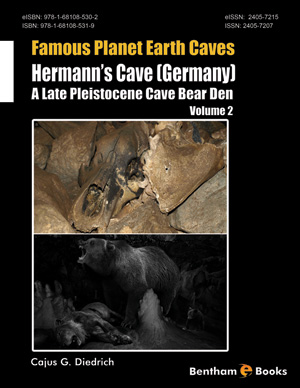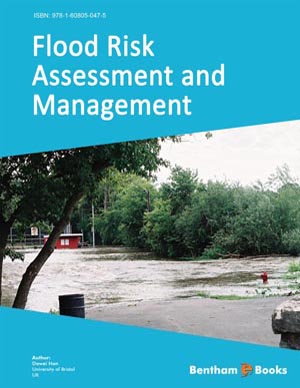Abstract
Humans have intruded and degraded aquatic and terrestrial biospheres by hunting, overexploitation, land take, habitat dissection and destruction, agriculture, mining, damming, water management, pollution, and import of xenospecies and of pathogens. This caused the trend of anthropogenic defaunation and homogenisation. Littoral faunas are most endangered, because of the interfering impacts from both land and ocean. Fishery-induced evolutionary pressure resulted in smaller sized species. Global fish catch quota declined since 1996. Climate change-induced evolutionary and ecological responses in many equatorial marine species revealed the insufficiency of genetic shifts and adaptations to prevent range contractions and extinctions. But species more poleward have enlarged their ranges. Sea water warming, acidification, and deoxygenation are, except on e.g. cephalopoda, the main stressors. Calcifying species are impaired in the growth of their shells and skeletons. 75% of global coral reefs are threatened. Sea water warming has caused the displacement of native species by intruding thermophilic species and temporal mismatches between life-cycle phases and available food. Sea channel constructions have caused the intrusion of xenospecies. Marine faunas have been impaired by oil spills and bioaccumulating toxins. Homogenisation of land has resulted in habitat loss and biodiversity decline of e.g. avian species. Applied biocides have impaired the fitness of bee species and immune functions of wildlife populations. Immissions of reactive N have caused a decrease in plant diversity and, consequently, of specialised insects. Billions of animal fatalities have occurred annually by roadkill, other collisions, and nocturnal illumination. Warming has caused the average body mass of Alpine chamois and Arctic reindeer to decline. Episodes of zoonotic diseases were caused by industrial large scale livestock farming. Organic contaminants and heavy metals have been observed to accumulate in the food chain. Thawing permafrost has resulted in reactivation of buried pathogens. Soil microbiota have been impaired by acid and toxic immissions. Specialised microfaunas have developed in acid mine drainages and in the deep biosphere impacted by fracking fluids. The importance of biophilia is expressed.
Keywords: Acidification, Adaptation, Adaptive limits, Agriculture, Bioaccumulation, Biodiversity decline, Biophilia, Contamination, Defaunation, Deoxygenation, Habitat degradation, Homogenisation, Hunting, Immissions, Land take, Livestock, Pollution, Range, Warming, Xenospecies, Zoonotic diseases.



